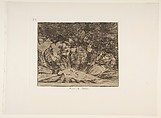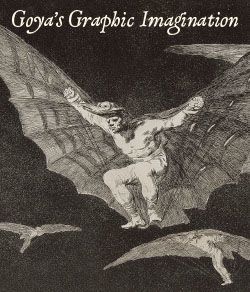Plate 79 from "The Disasters of War" (Los Desastres de la Guerra): 'Truth has died' (Murió la verdad)
Goya (Francisco de Goya y Lucientes) Spanish
Not on view
In the present sheet and the one that follows (plate 80), Goya divided a single scene into two separate moments. Here we see the burial of a young woman, a representation of Truth, surrounded by different figures. In its companion print, the half-buried figure opens her eyes—to the bystanders’ incredulity and anger—and, in a burst of light, comes to life. While indicative of Goya’s hopes for overthrowing absolutism (the supreme autocratic authority of the king), the pair of prints might also point to his skepticism about Spain’s political future.
Due to rights restrictions, this image cannot be enlarged, viewed at full screen, or downloaded.



